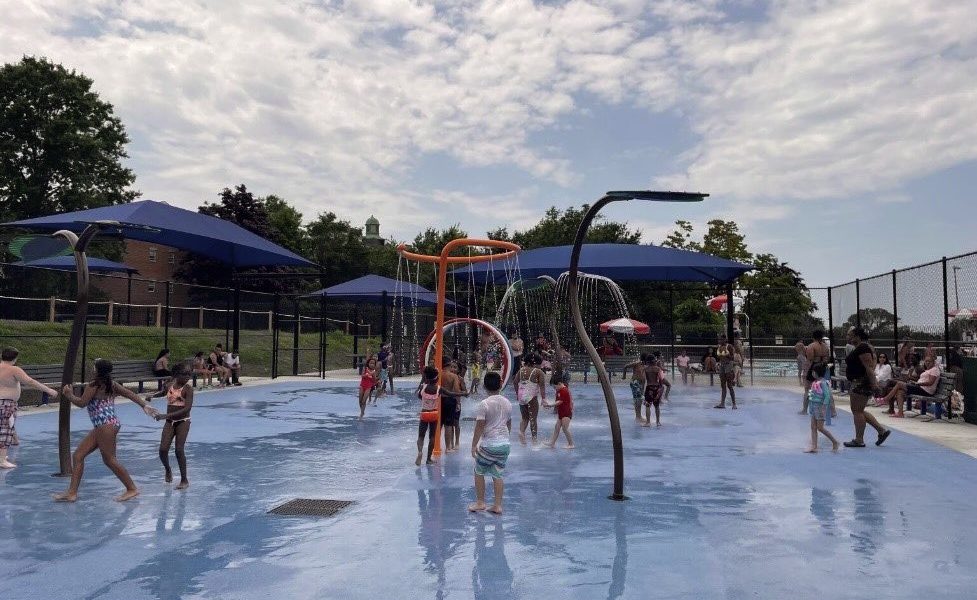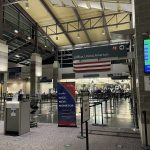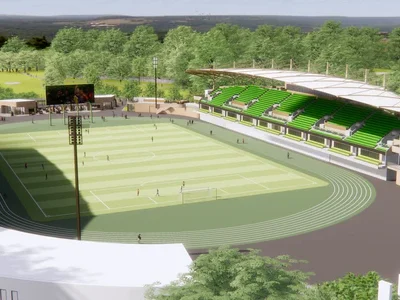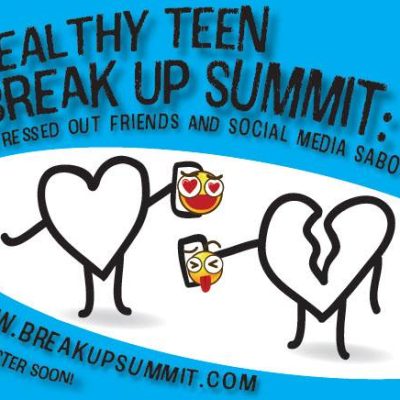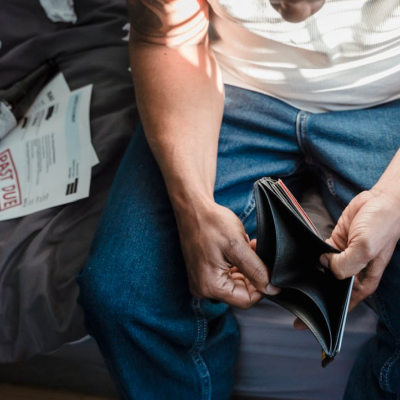Boston’s Multilingual Signage Strives to Keep Up With Rising Rates of English Learners
Boston is known as a city with a long-standing majority minority population with more than quarter of its population being immigrants. Of course, that means a diversity of languages and abilities to speak and use said languages as well. According to the Department of Conservation and Recreation, as of 2019, about 528,324 adult residents of Massachusetts reported that they spoke relatively limited English, and “nearly half of whom lived within a short ride or drive to the Metropolitan Region’s public beaches.”
But when was the last time you saw a public announcement, street sign, or informational notice in Boston that was in a language other than English? It’s likely that it wasn’t particularly recent, especially in green and blue spaces such as parks, beaches, and pools. And it is exactly this contradicting reality that has pushed the DCR to make an ambitious effort toward language accessibility.
According to the DCR’s released plans, welcome signs in nine different languages will be placed in all the beaches in the greater Boston area. A similar change will be made at DCR regulated pools, where QR codes will be marked to provide safety instructions in several other languages too. As covered by the Boston Globe, DCR has also prioritized hiring multi or bilingual staff over the past year.
However, this push forward has not come without obstacles or flaws. The DCR predicted that these changes would be set in place about two years ago, and the delay has been a notable disappointment to many. One of whom was Bruce Berman, the former consultant for the Save the Harbor/Save the Bay commission, a non-profit committed to protecting and sharing waterfront space in Boston. According to an account covered by WBUR, this later rollout is predominantly due to the high staff turnover in the DCR, which has had six commissioners over the past eight years. Along with this, there are worries about the limitations of the DCR’s effort. On the one hand, the welcome signs are limited in regards to functionality. On the other hand, the QR codes are only viable for those with technological access.
But don’t lose hope! Despite setbacks, downfalls, and frustrations, there are incredible things that can stem from this campaign. State senator and Senate Vice Chair of Metropolitan Beaches Commission, Lydia Edwards succinctly stated: “Our public beaches are gateways to healthy blue and green spaces that belong to us all, no matter what language we speak. Simply seeing signs in your primary language makes a public place instantly more welcoming and provides people with the information they need to safely enjoy their beach.”
And this is especially true for teens who are English language learners or have family members who are, as beaches and pools serve as important third spaces during the summer. Whether they are by themselves, with their friends, or family, teens deserve to be a part of communal spaces. They shouldn’t have to feel the pressure of constant translation and the excruciating effort of trying to be somewhere that’s not made or accessible for them. Even if the multilingual signage is mostly symbolic for the time being, allowing these young people to feel at ease in public spaces is a big step forward for Boston.



